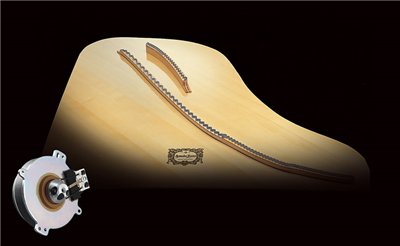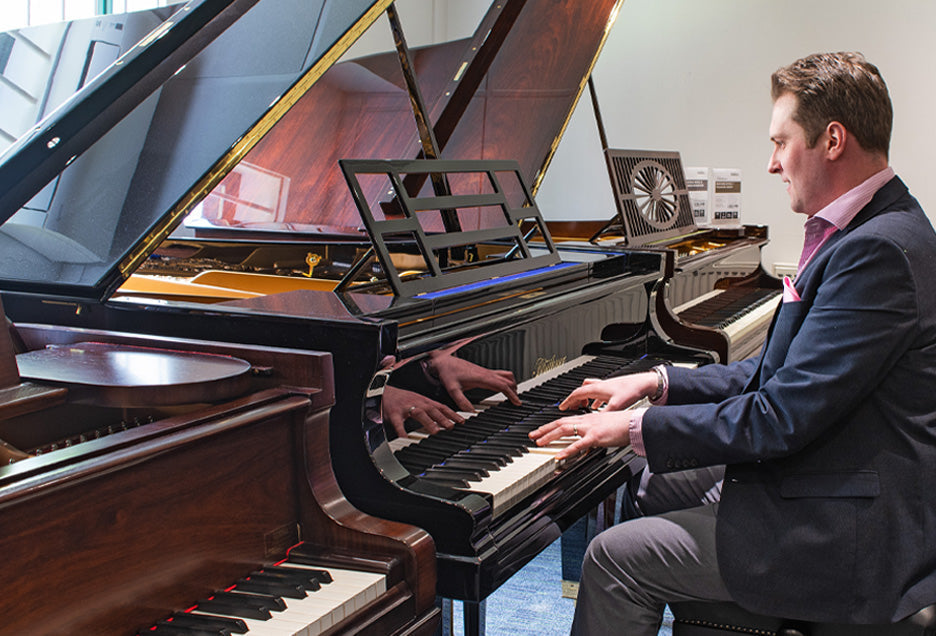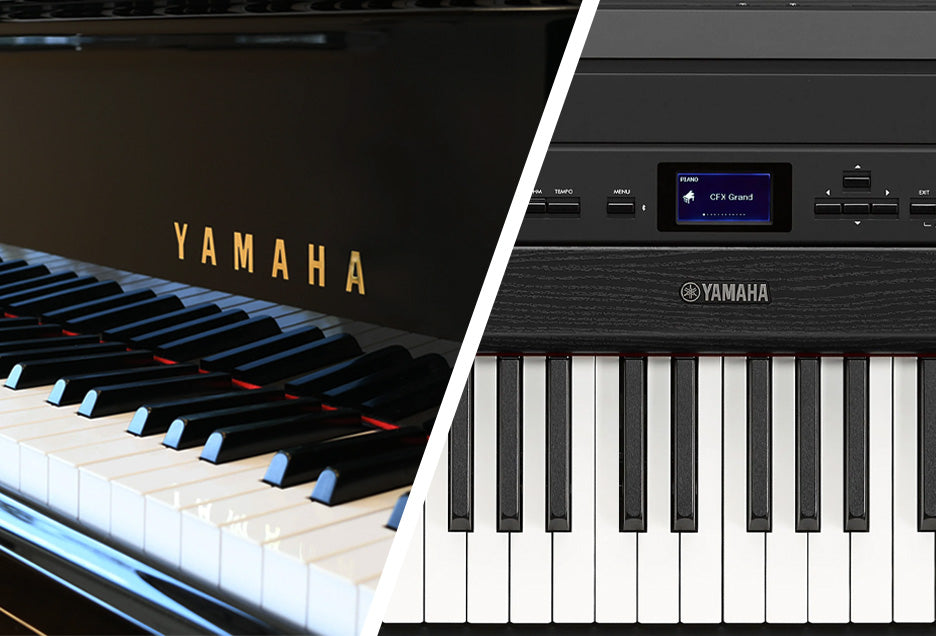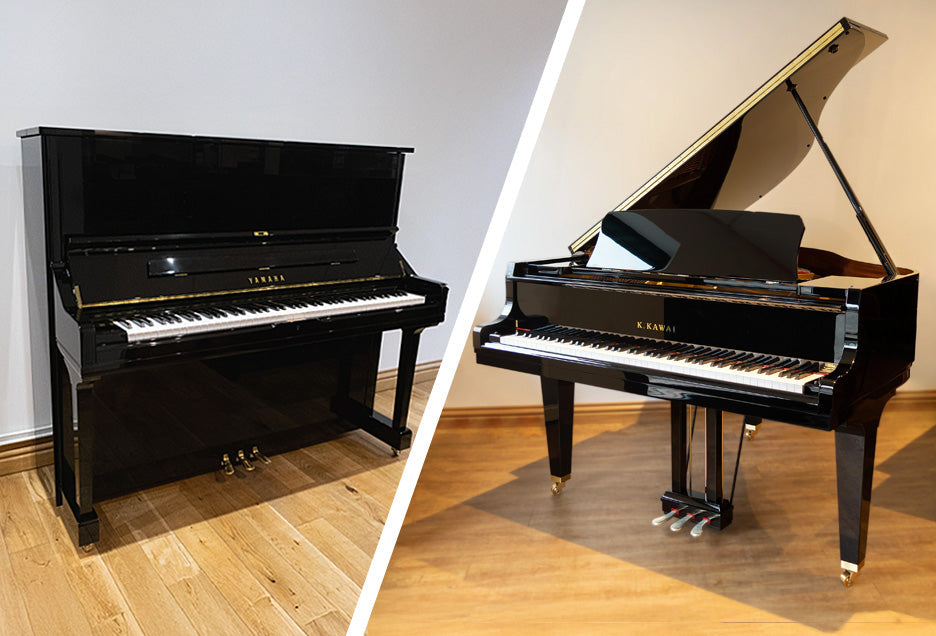What is a TransAcoustic Piano?
Yamaha, having pioneered the art of manufacturing a Silent Piano, realised that wearing headphones to practice the piano quietly or privately is not always convenient. Sometimes there may be a teacher or a duet partner to consider, or a parent wishing to make sure that their child is doing their piano practice! Yamaha’s engineers came up with a clever system which enables you to turn down the volume of your piano without the need for headphones, and thus the TransAcoustic piano was born!
How does it work?
Now in its third generation (TA3 & TC3), the TransAcoustic system utilises the same ‘hammer stop rail’ mechanism as the Yamaha SC3 and SH3 Silent pianos, which prevents the piano’s hammers from striking the strings and producing an acoustic sound. Newly developed electromagnetic sensors within the keyboard trigger digital samples which are then transmitted electronically to transducers affixed to the soundboard of the piano. These transducers vibrate the soundboard and effectively turn the whole piano into a loudspeaker.
As the sound is produced electronically and merely amplified by the soundboard, you can turn the volume down or even play using the other instrument samples. There are so many possibilities, for example you can play your TransAcoustic piano in acoustic piano mode, with the digital strings or FM electric piano sound over the top for added ambience. When playing in quiet mode with the acoustic piano ‘switched off’, the vibrations of the soundboard are transmitted through the bridges and then back to the strings, giving even the digital piano sound wonderful acoustic resonance, unmatched by any digital piano, even the very top of the range models.

Can I plug headphones into it too?
A TransAcoustic piano is also a Silent piano, simply plug in some headphones and it offers the same great functionality including Bluetooth for wireless audio streaming and smart device compatibility, a USB audio recorder and a selection of instrument voices. Yamaha has utilised advanced binaural sampling technology when capturing the sound of the CFX concert grand, using specialised microphones that capture locational information and other nuances discerned by the human ear. The resulting sound is so natural, so enveloping, that you’ll soon forget you’re even wearing headphones at all. Yamaha’s Virtual Resonance Modelling technology (VRM) recreates the distinctive reverberation and resonance of the grand piano.
It cleverly calculates the various states of the strings for each of the 88 notes on the keyboard, from one instant to the next, along with the timing and depth of pedalling. VRM also calculates aliquot resonance in the upper octaves, along with the full resonance of the soundboard, rim, and frame. This technology allows for vivid, bright, richly varied expression that reflects the limitless number of factors inherent in piano performance.
Which models are available as a TransAcoustic piano?
The TransAcoustic TA3 System is currently available on the following Japanese built Yamaha upright and grand piano models:
| Uprights: | Grands: |
| U1: 121 cm | GC1: 5’3 (161cm) |
| U3: 131 cm | C1X: 5’3 (161cm) |
| YUS1: 121 cm | C3X: 6’1 (186cm) |
| YUS3: 131 cm | |
| YUS5: 131 cm |
The recently introduced TC3 system offers much of the specification of the TA3, with fewer instrument voices and without MIDI IN/OUT ports, is available on the Indonesian-built Yamaha b Series models as follows:
| b1: 109 cm |
| b2: 113 cm |
| b3: 121 cm |
Examples of the latest TransAcoustic TA3 and TC3 systems are always on display and ready to try at our Haslemere showroom.




